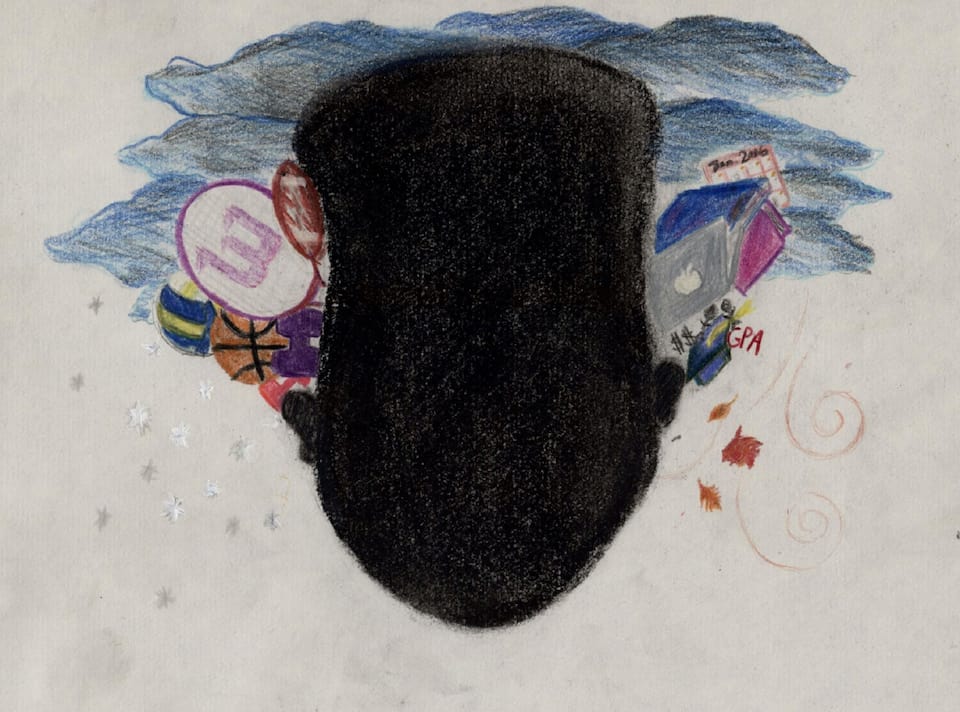Unfortunately, for U of T students and Torontonians in general, winter is here. Though we were wearing spring jackets on Christmas Day and hadn’t had to pick up a shovel in months, we all knew deep down that the record-breaking warmth of November and December wasn’t going to last.
Alongside sub-zero temperatures, the winter season also means navigating physical and, sometimes, mental challenges. For student-athletes, the addition of icy conditions, the lack of daylight, and seasonal health risks are dangerous because of their hindering effects on an athlete’s ability to train efficiently and maintain their school work.
One of the biggest downsides to the winter season for students and athletes is seasonal affective disorder (SAD), which affects more than two per cent of Canadians in their lifetime. SAD as a term is widely misused and abused by people who claim that they ‘hate the cold and winter’ and must therefore be suffering. In actuality, SAD is a mental illness that accounts for 10 per cent of all depression cases and affects millions of Canadians every winter season.
Though research into the prevalence of SAD in student-athletes is scarce, an American study found that National Collegiate Athletic Association (NCAA) athletes are at a higher risk of experiencing mental health issues than their non-athlete classmates.
Symptoms such as lethargy can manifest themselves in many ways, like difficulty getting out the door for a run or excessive fatigue during workouts. Combined with increased cravings, this can result in significant fat gain for athletes. As an athlete and sufferer of SAD, I know these symptoms well. Being physically cold in winter and desperately seeking a way to warm up, I became a master’s athlete on U of T’s track and field team. For me, athleticism worked as a way to pump endorphins into my brain and improve my mental health. For the student athlete who is having trouble finding motivation, there are other forms of therapy available to alleviate mental illnesses like SAD.
I sat down in a Starbucks recently to talk to Sara Giovannetti, a representative from the University of Toronto Student-Athlete Mental Health Initiative (SAMHI) Campus Team. We discussed unique struggles student athletes face when dealing with mental health, and where they can go to get the right support. As an alternative to exercise, Giovannetti explained that Cognitive Behavioral Therapy (CBT) — a psychological treatment that involves learning to change your thoughts and behaviours — can also help.
Through many recent awareness initiatives, including Bell’s ‘Lets Talk’ campaign with six-time Olympic medalist Clara Hughes as its spokesperson, it is clear that the stigma surrounding mental illness is often harder for students and athletes to overcome than the physical symptoms.
For athletes who pride themselves on their ‘toughness’, coming to terms with a mental illness like SAD can be difficult. Although student-athletes are able to juggle a lot of stress during their time in university, caused by assignments, competition conflicts, and deferred exams, sometimes the stakes become too high. “If an athlete were to become unwell, coaches may not know how to approach the situation and may feel nervous, or reluctant because discussions surrounding mental health can be challenging,” explained Giovannetti.
Among other resources to help students disclose their struggles to their coaches, SAMHI offers a Mental Health Action Plan (MHAP) for athletes to complete collaboratively with their coaches. “The tool allows student athletes who have identified that they have mental health issues to clarify the challenges, triggers, warning signs, and coping strategies that are important to their individual mental health needs,” said Giovannetti. She added that although the action plan is an important tool for students and coaches, it is not a substitute for professional mental health services.
Even though one in five Canadians will experience a mental illness in their lives, the stigma associated with mental health — especially for athletes who are celebrated for their mental ‘toughness’ — prevents people from seeking help. “Everyone on the planet knows someone who has experienced a mental health issue” explained Giovannetti, who added that “Its not talked about very often [mental illness in sport]… I think a lot of people might be deterred from seeking help because it’s not talked about and feel embarrassed.”
Although the effects of SAD and other mental health issues experienced by athletes are becoming more widely researched and the stigma is dissipating, a difference still remains between the speed and accessibility of healing physical injuries and mental ones.
For SAD sufferers, who may experience symptoms only a few months of the year, the stigma can become even more exaggerated — more research is necessary in the study of SAD and the relationship between the disorder and athletes. Organizations like SAMHI are invaluable resources for athletes whose mental game may be impacting their physical one.
SAMHI will host one of two ‘Mental Health Matchups’ on February fifth when the Blues men’s and women’s basketball teams take on Brock at the Goldring Centre. The event will connect students with on-campus and community resources and raise awareness for the importance of mental health in the sports community.


